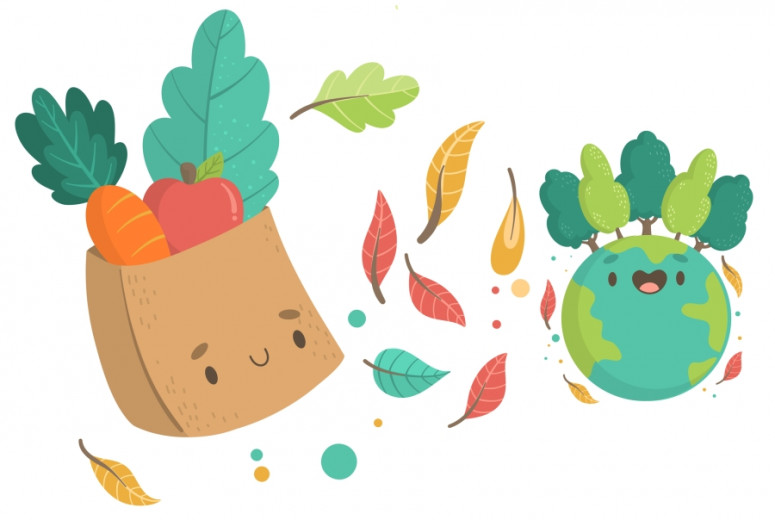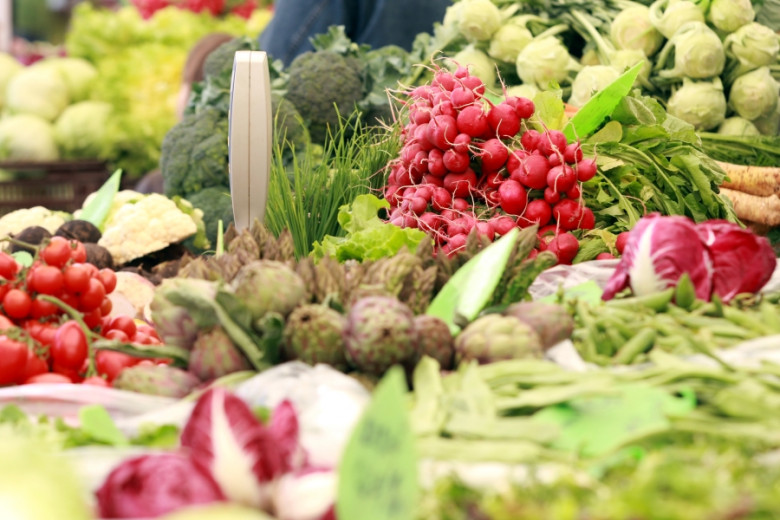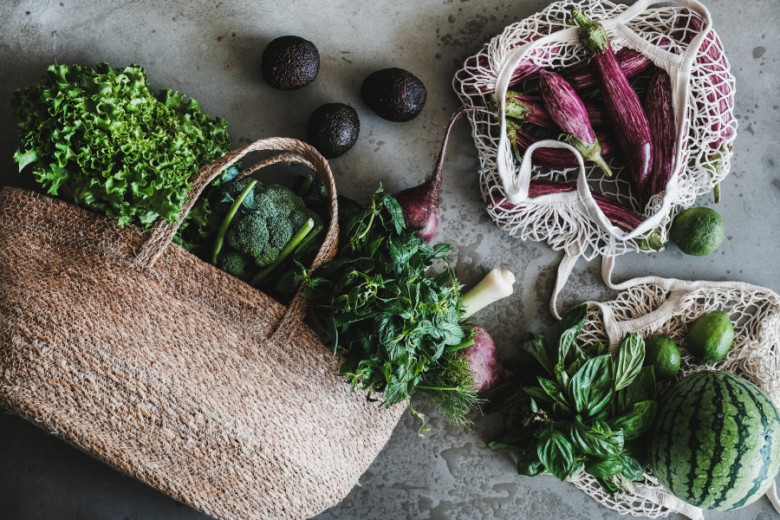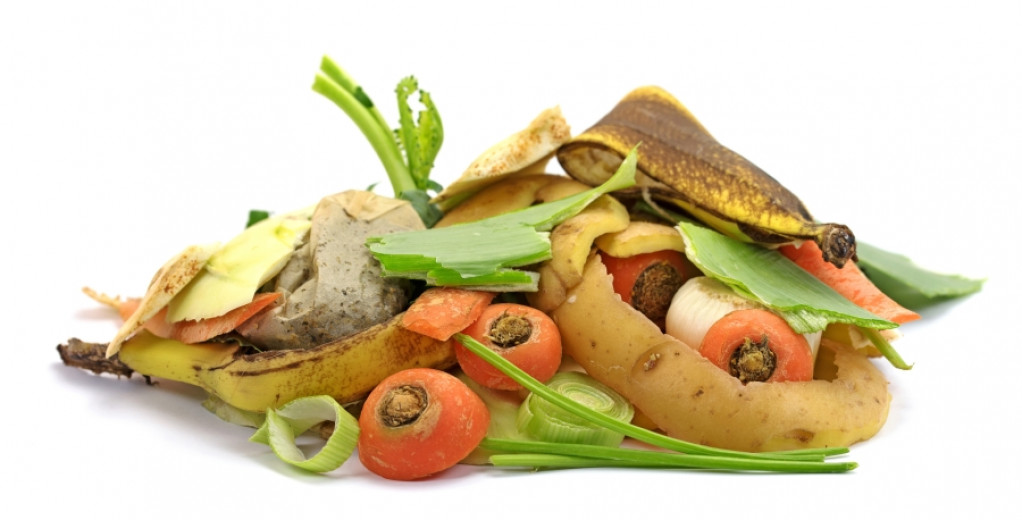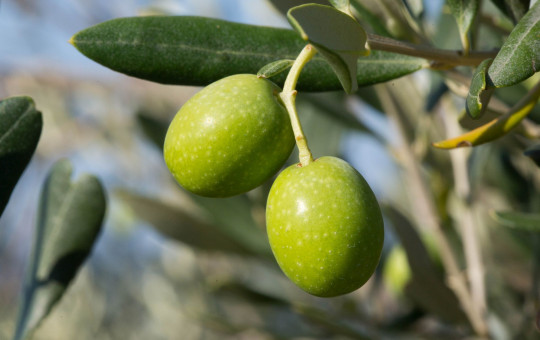Date: 24. April 2023
Time to read: 5 min
Slovenia has declared 24 April as a day without discarded food. Every year on this day, various (public awareness) activities will take place to highlight the need to reduce food waste. The day was proposed by non-governmental organisations, and the date was chosen deliberately – food waste is at its highest around this date.
Food is discarded at all stages of the food chain: on farms, in transit and in storage, during processing, handling and production, in shops and restaurants, in public sector facilities (schools, hospitals and other institutions and businesses with kitchens), and in households. Food waste puts unnecessary strain on scarce natural resources and the environment, whereas reducing food waste and food losses has a positive economic impact at every link in the chain and is associated with social, climate and environmental benefits.
What do the statistics say?
According to the Statistical Office of the Republic of Slovenia (SURS), the total amount of food waste generated between 2013 and 2021 increased. From 118 thousand tonnes (in 2013), it rose by 21% to around 143 thousand tonnes (in 2021). This amount could be significantly smaller if we took a different approach to our food and ensured that food that is still edible does not go to waste.
In 2021, the average Slovenian threw away 68 kg of food. SURS estimates that 40% of this food waste was edible, and that this could be reduced or even completely prevented through raising awareness and adopting a better attitude towards food. Around 60% of this waste is inedible (bones, peelings, eggshells, etc.), and this is largely unavoidable.
It is noteworthy that, in 2021, households were responsible for generating the majority of food waste, some 53% of it. The catering and food service sector accounted for 28% of the total, the retail grocery sector for 10%, and the food manufacturing sector for the lowest, at 9%.
Facts about food waste
- Around 17% of the world's food goes to waste. Globally, 2% is thrown away by retailers, 5% by caterers, and the largest share, 11%, by households.
- Food is lost or wasted throughout the supply chain, from agricultural production to final consumption in the home.
- Wasted food has an impact on the economic, social and environmental sustainability of food systems, as food waste represents a waste of the resources used in production, such as land, water, energy and other inputs, as well as an increase in greenhouse gas emissions.
What action can be taken?
- As the world's population continues to grow, our challenge should not be how to produce more food, but to urgently reduce food waste in a sustainable way and to make the most of the food we produce.
- Climate-smart innovations, technologies and infrastructure to reduce food waste are key to increasing efficiency and reducing emissions in the food system.
- Good management, the development of human capital, collaboration and partnerships are key to maximising the positive impact of reducing food waste.
- Food is never waste: with recycling, discarded food can be turned into compost or used to produce biogas, thereby avoiding harmful methane emissions.
- Behavioural change in terms of reducing food waste, the treatment of livestock and the adoption of healthy diets could reduce methane emissions by 65 to 80 tonnes per year over the next few decades.
What can we do?
As consumers, we all play an important role in contributing to the sustainability of our food systems through our dietary habits and our attitude towards food. A respect for food and our natural resources also contributes to better food security and self-sufficiency, as well as to the state of the environment and the climate.
All too often, we throw food away before we have even begun to use it. We can avoid this by ensuring that food is stored properly. Below you will find some useful tips for storing the most common foods found in our kitchens.
Useful tips
Are your vegetables wilting? Plunge them into an ice bath for 10 minutes and you will see the difference that makes. If they are not suitable for eating raw, cook them.
Have the vegetables been overcooked? Make a purée. You can always turn overcooked vegetables – cauliflower, carrots, broccoli and potatoes, for example – into delicious soups or sauces.
Extend the life of bananas: Keep bananas separate from one another, wrapping their stems with clingfilm or aluminium foil. If you have too many bananas, you can use the extra ones to make delicious ice cream, banana bread or some juicy muffins.
Bought too much fruit? Divide the fruit into portions, bag it up and freeze it. Portioned up fruit like this is perfect for making morning smoothies.
Too many fresh herbs? Chop the herbs up and put them in ice cube trays, then cover them with olive oil and place in the freezer. Use in stews, risottos and pasta dishes.
Don't throw away your vegetable peelings! Wash the peelings, dry them, put them in a bag and freeze them. Every time you peel vegetables, clean the peelings and add them to the bag with the others. When the bag is full, use the peelings to make a vegetable soup.
Did you burn something? Remove the pan from the heat, transfer the non-burnt part of the food to another dish and cover it with a damp cloth for ten minutes. This will get rid of the burnt taste. You could also try adding a little chilli or hot sauce.
Recipe: Pasta with apples
Apple peels contain many essential supplements, we can use them in this recipe.
Traditionally, this extremely simple and unusual dish was made from wide homemade noodles. The macarons came to us around 1950. Most of the macarons had the inhabitants from Rateče, who lived near the border and smuggled the macaroni from Italy. Therefore, this dish first appears in the Upper Sava Valley. However, by exploring the culinary heritage, the dish is also found in the Notranjska region and on the slopes of the Polhov Gradec Dolomites.
leftovers of grated apples from potica and apple peels
250 g small pieces of pasta
200 ml sour cream
1 egg
fist of raisins soaked in rum
120 g butter
2 tbsp breadcrumbs
cinnamon, salt
1. Cook pasta in salted water until very soft. Drain and add butter.
2. In a bowl, whisk egg, cream and soaked raisins.
3. Finely chop the apple peels and mix with the remnants of grated apples.
4. Mix pasta with all ingredients and place in a greased baking pan.
5. Bake at 200 degrees for about 30 minutes.
6. Roast breadcrumbs in hot butter and sprinkle with it the dish when baked.

